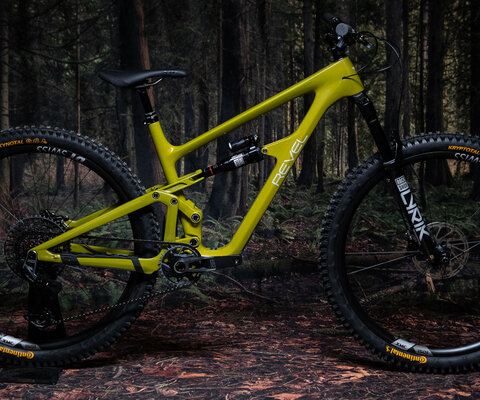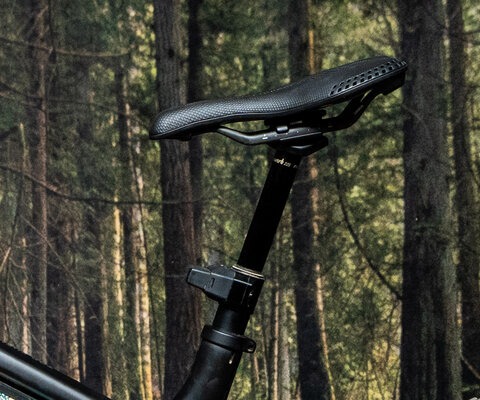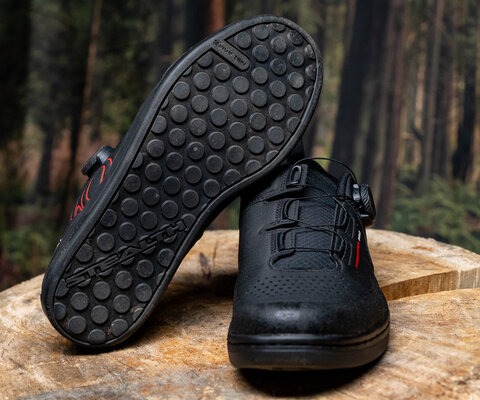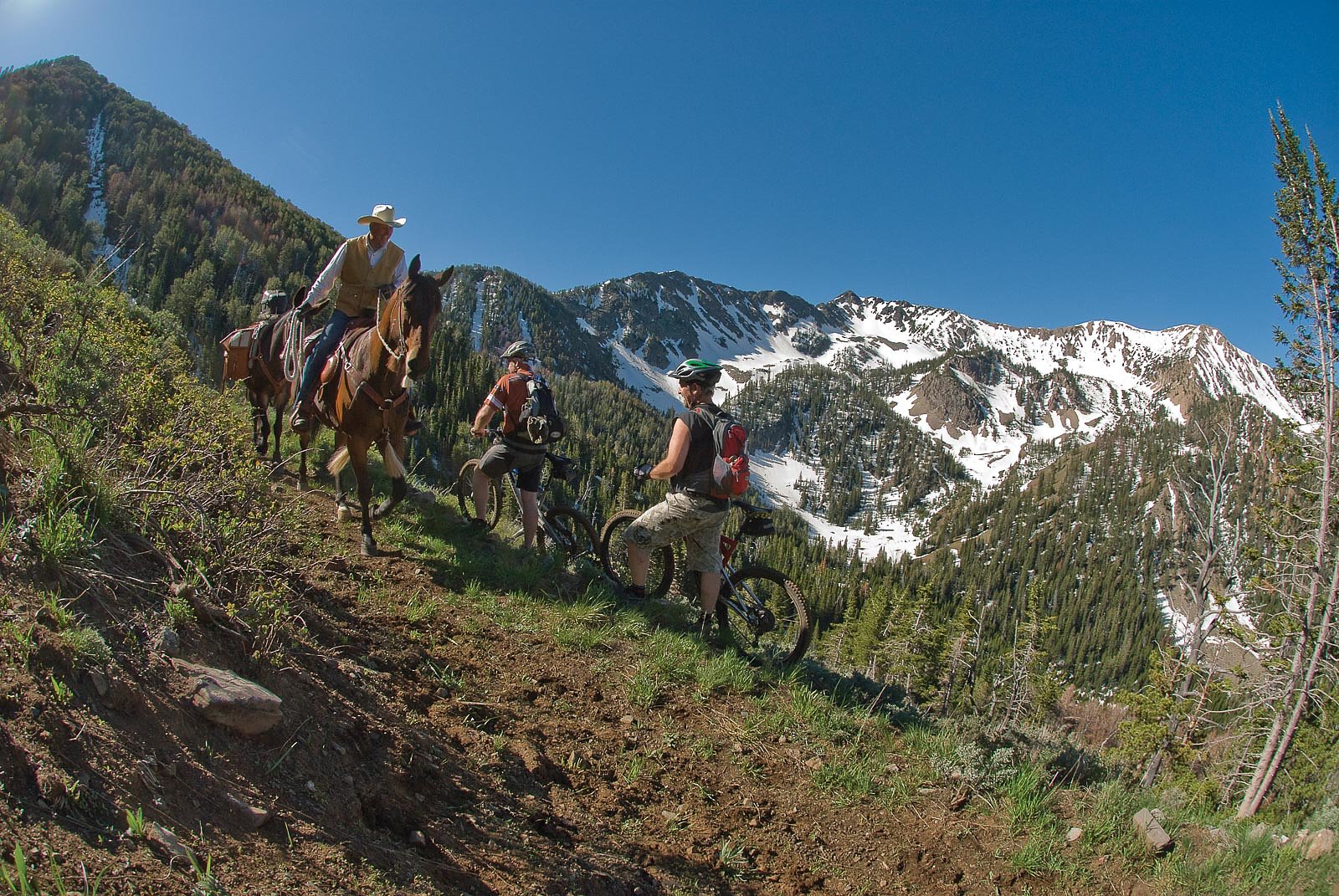
On the Shoulders of Giants Advocacy in Action in Montana
Words and Photos by Bob Allen and Estela Villasenor
UPDATE: The comment period for the Custer Gallatin National Forest's Draft Environmental Impact Statement is underway. For more information about the Lionhead and for comment-writing guidelines, visit mtbcgnf.org. Submit your letter of support using the Custer Gallatin's comment portal.
Tucked in the western flank of the Henrys Lake Mountain Range, near the border of Montana and Idaho, the Mile Creek Trail threads enticingly up a narrow, densely timbered drainage.
In 8.5 miles, the beautiful ribbon of soil and stone ascends 3,300 feet, zigzagging through 53 well-crafted switchbacks toward the alpine terrain above. Known locally as “the Lionhead” for the range’s feline-esque profile, the Henrys are big country. Grizzly bears and fickle mountain weather are constant worries, and travel requires top-notch backcountry skills.
Climbing to nearly 10,000 feet, the views from the top of Mile Creek are incredible. West Yellowstone is 25 miles to the east, and the Gallatin, Teton and Centennial ranges fill the horizon. From the ridge, trails take off in every direction, all with sustained climbs and technical descents through spectacular and remote backcountry.
Yet on this July weekend, riders will most likely pass bikers and horse-packers loaded with tools, stopping to clear brush, cut fallen trees and dig the occasional drainage dip. These 49 individuals, who have journeyed from different parts of Montana, Idaho and Wyoming, are here to make a high-profile, heavy-sweat-equity statement. Their efforts are centered on a nearly 20-year-old conflict, a bittersweet story that delves into what types of recreation are appropriate on our public lands, and the value of bicyclists as conservation partners in defending these wild places.
To appreciate the significance of this year’s gathering at Mile Creek, we must step back a few decades to the Montana of the 1980s. In those days, virtually every bit of public land, unless a designated Wilderness area or National Park, was open to our quiet, human-powered exploration. Guidebooks and bike-specific maps did not exist, and the rare bit of trail beta was shared exclusively via word-of-mouth, requiring a metaphorical (and sometimes literal) secret handshake, instilling a spirit of exploration, camaraderie and respect in locals and visitors alike.
Through the 1990s into the new millennium, Montana’s mountain bikers spun into the woods generally unmolested by restrictive regulations or social angst. Initially, we pedaled over rough, technical terrain on rigid hardtails, climbing into the high country via trails that had been there for decades, some even built during the 1930s by the Civilian Conservation Corps. We spun granny gears up old jeep roads or mining tracks, finding inspiration and solitude in the wild places they accessed.
Not limited by the technology of the day, we were inspired by where our bikes could take us. Every ride had a sense of exploration, and road trips were an exercise in curiosity—pull out the gazetteer, pick a mountain range with intriguing landscape and some accompanying dirt roads, and ask, “Where does that go?”
Not every guess was a success. But, with a tiny population spread across millions of jaw-dropping acres, every trip was a guaranteed adventure.
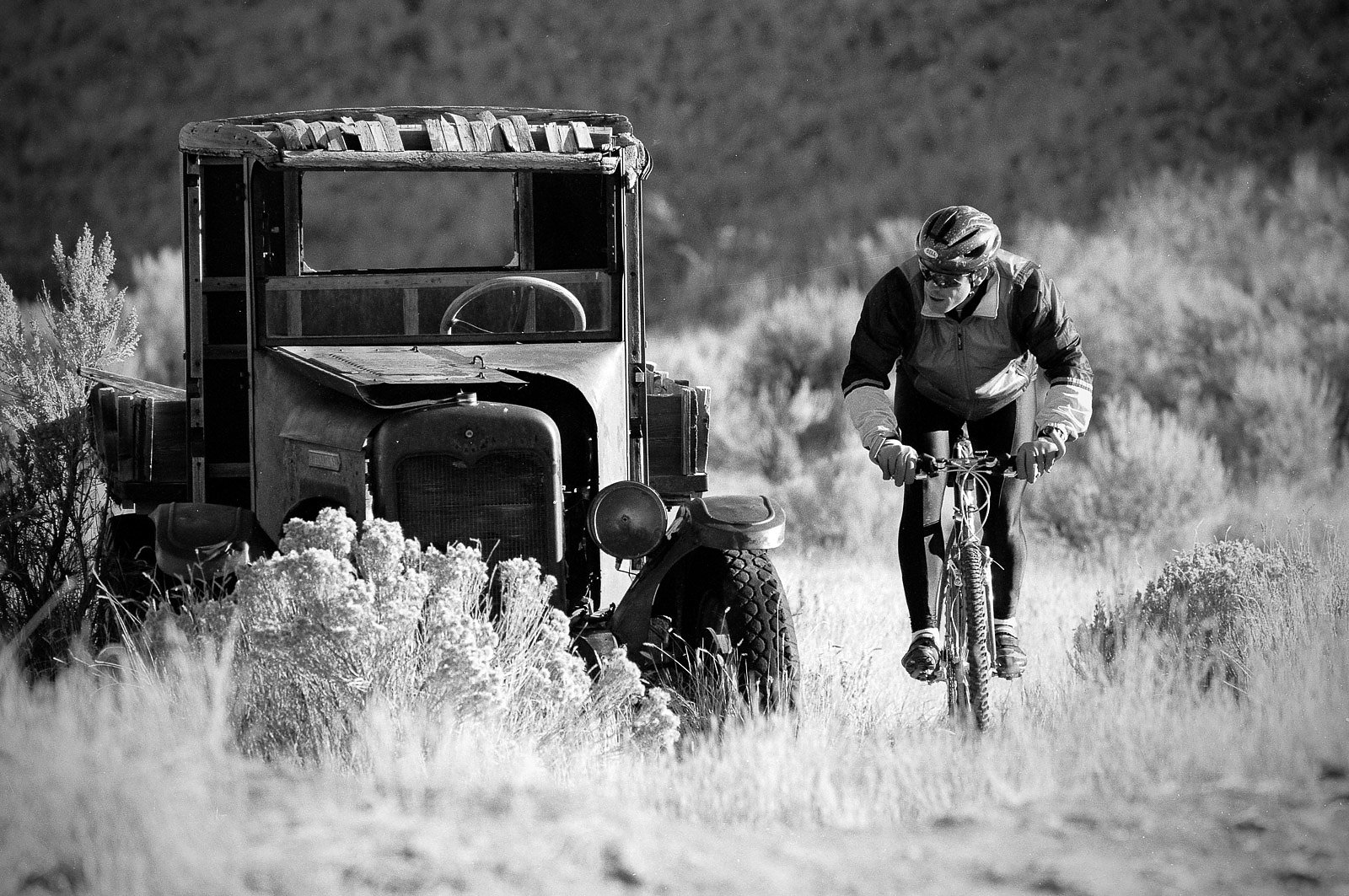
THE RISE OF THE CONTINENTAL DIVIDE TRAIL
Though the Missoula-based Adventure Cycling Association’s origins date back to 1973, it was in the mid-1990s that one of their employees began creating one of the most impressive mountain bike tours in North America. Michael “Mac” MacCoy had a vision to map an off-pavement bicycle-touring route—what today would be known as “bike packing”—that followed, as closely as possible, the true Continental Divide. It took years, but Mac painstakingly charted a network of dirt roads and doubletrack from Canada to the Mexican border. The result was the Great Divide Mountain Bike Route. From its inception, the ACA pushed for national attention and provided vital support for the mapped route.
But what really piqued the interest of the region’s bicycling enthusiasts were sections along the Continental Divide National Scenic Trail. Unlike other border-to-border trails such as the Appalachian and Pacific Crest, which prohibit bicycles along their entire lengths, the CDNST “allows bicycle use where consistent with land and resource management plans,” according to official policy. Although still managed primarily for hiking, horses and other saddle-packing methods, this meant of the approximately 1,020 miles of the CDNST running through Montana and along the shared border with Idaho, some 690 miles remained eligible for biking. The cycling community soon embraced a new mantra: “If it’s not banned, it’s legal!”
BUILD IT AND THEY WILL COME
Such a trail bonanza was not ignored by mountain bikers across the west. Multiple segments of the CDNST and the Bangtail Divide became instant favorites, both for their stunning views and bike-friendly flow. The two sections had something in common: They were both the work of Terry Johnson, a talented builder out of Bozeman, MT. Long before “flow trails” were a thing, Johnson was incorporating bermed corners; armored, wide-radius switchbacks; long lines of sight and functional grade reversals for drainage rather than the usual log water bars of the time. There’s hardly a mountain range in southwest Montana that hasn’t been graced by Johnson’s insightful touch.
While the discovery of the CDNST was a breakthrough on public land, the next big innovation came from the private sector, specifically at Whitefish Mountain Resort. In 2000, Pete Costain—founder and owner of Terraflow Trail Systems—began building trails at the resort while working there as events and recreation manager. As the lift-access mountain bike scene began exploding across North America, Whitefish and soon Big Sky Resort began encouraging more gravity-focused trails, and Costain was right there to build them.
In the 17 years since, his company has created a whole new generation of purpose-built trails, with dozens of projects extending across the state. Focusing on sustainable methods and multilevel construction influenced by his own expert skills on a bike (his son, Parkin, is an absolute ripper as well), Costain and Terraflow have earned admiration and commerce from a bicycling community that loves their work. “If you build it, they will come,” the saying goes, and Terraflow has been building. Judging by the numbers, riders have definitely been coming. Through the late 1980s and early ’90s, the state capital of Helena was also known by locals as a sleeper mountain bike destination. By 2000, Helena was no longer “sleepy.” The high-quality riding at the edge of the city, all a short pedal from the bike shops, breweries, bakeries and coffee shops of downtown, earned the city national recognition.
Thanks to groups like the Prickly Pear Land Trust and the Montana Bicycle Guild, and an army of volunteers, that reputation has only grown in years since. The in-town trail system has increased to more than 80 miles, and the free Trail Rider Shuttle carts bikers to even more riding in the surrounding mountains. It’s so impressive that in 2015 Helena earned silver-level Ride Center status from the IMBA. Even Discovery Basin, a small ski area outside Philipsburg, hired trail-builder Chuck Braden to create a now-popular, laid-back-yet-rowdy Montana-style bike park.
With front-country riding and bike-friendly resorts now drawing waves of riders to the state, Montana is no longer an obscure zone known only to locals. But even with the proliferation of purpose-built trails, Montana’s true holy grail is still its access to raw, wild backcountry riding. It’s also been the stage upon which a fierce public-access land battle has been raging for more than 15 years.
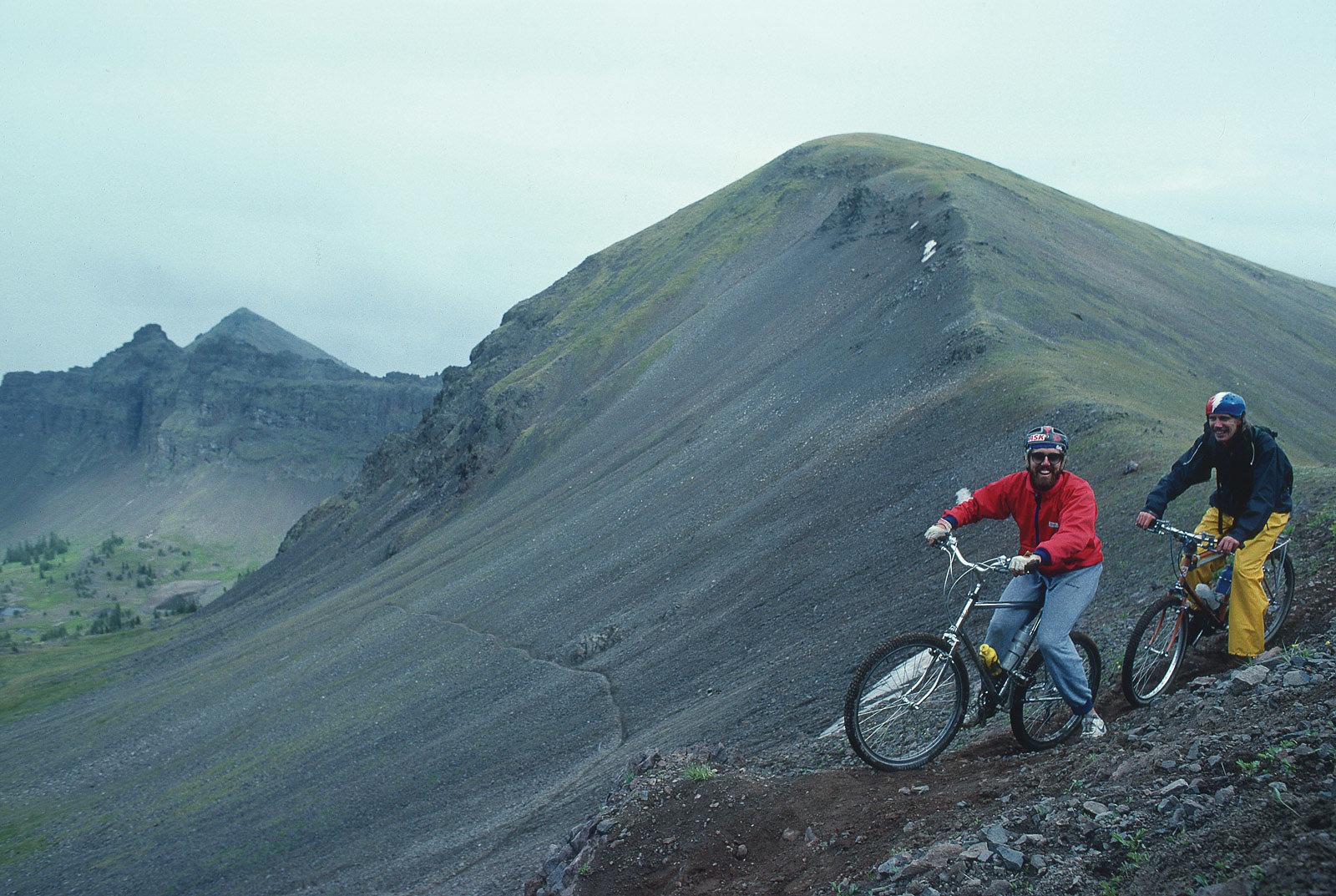
STORM CLOUDS OVER SINGLETRACK
In the abbreviated chronology above, Montana’s mountain bike history seems almost benignly carefree—if you ignore the storm clouds that have been rolling on the horizon since 2001. It began when the Gallatin National Forest began the public comment portion of their Travel Management Plan, particularly regarding the Hyalite Porcupine Buffalo Horn Wilderness Study Area, located south of Bozeman and east of Big Sky. The WSA was home to numerous early bike routes, and from the beginning there were signs that wilderness-advocate organizations were pressuring the GNF to eliminate all wheeled recreation in the WSA.
With the release of the 2006 GNF Travel Plan, bicyclists lost access to 50 miles of trails in the WSA. The wilderness groups, however, felt restrictions didn’t go far enough to protect the area’s natural resources, and sued and won their grievance against the United States Forest Service. While the legal ruling didn’t specify what stricter regulations actually meant, to avoid further litigation the USFS closed 100 miles of trail in the WSA, including a traverse along the iconic Gallatin Crest Trail.
Another blow to mountain bikers in the region came in 2009, when the Beaverhead-Deerlodge National Forest released its updated forest plan. Though not approved by Congress, the plan ordered that areas “Recommended for Wilderness” be managed as designated wilderness. Another 400 miles of alpine singletrack were closed to bikes, including coveted alpine lakes and skyline ridges such as Italian Peak, Lima Peaks and Tahepia Lake.
Part of this came from a disconnect between the cycling community and the USFS, who for many years didn’t realize bicyclists rode or valued such remote places. But whatever the reason, the restrictions continued. Over the next decade, 600-plus more miles of singletrack were closed in Montana due to the RWA interpretation, as other Region 1 National Forests updated their Forest Plans. And another 1,000-plus miles could potentially close in coming years.
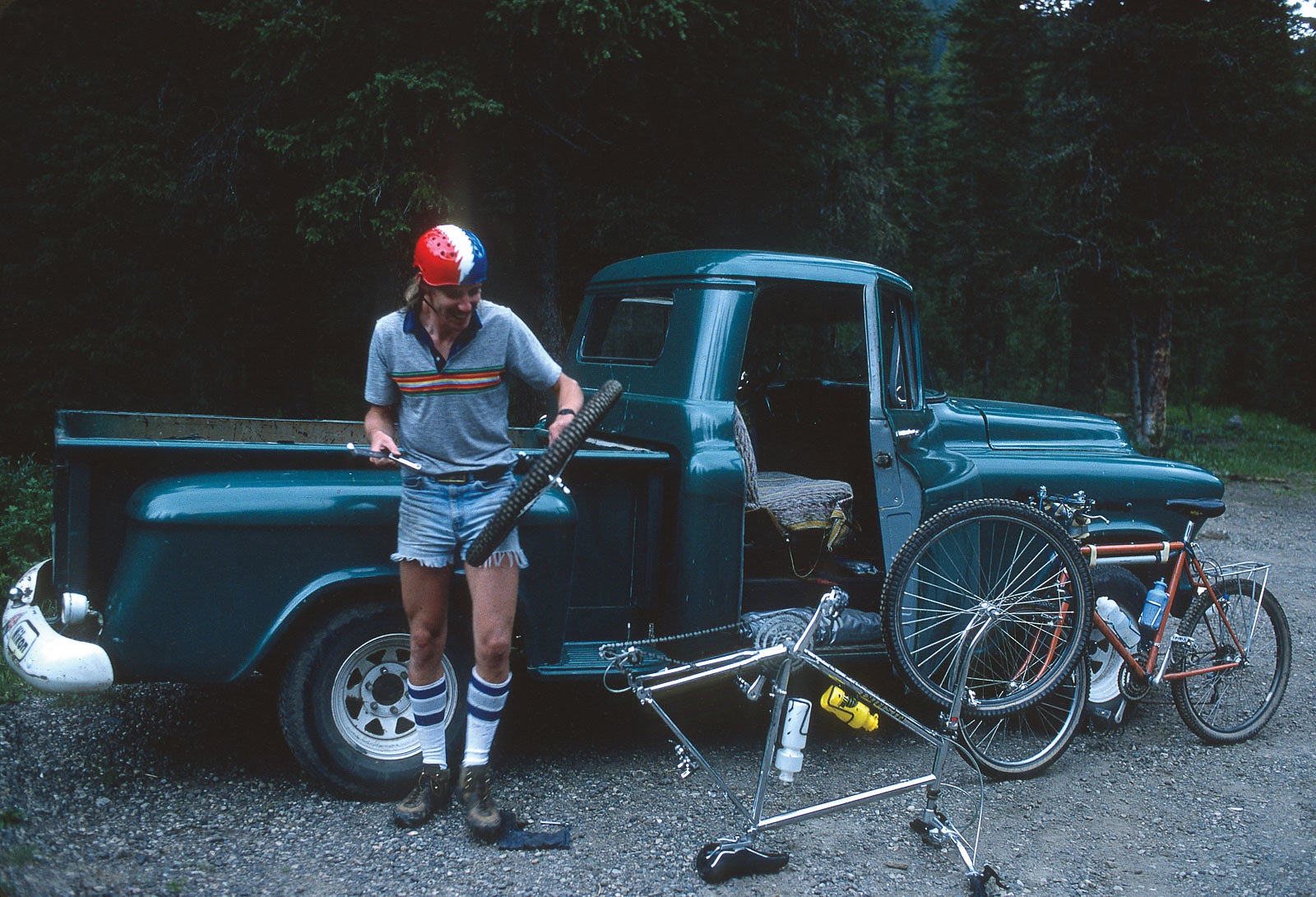
WRITING ON THE WALL
As the 2009 Beaverhead-Deerlodge RWA closures approached, the bicycling community headed into the Henrys for a trail-stewardship program to support sustainable mountain biking. It wasn’t a choice made randomly. The mountain range straddles the border between Montana and Idaho, putting it into two USFS Regions: 1 and 4, respectively. Both sides are Recommended Wilderness Areas, and both sides currently allow bicycles.
That’s where the problems begin. While both sides of the border are currently open to bicycles, Region 1 seeks to ban them, while Region 4 allows them. It’s a management clash that will be revised when Custer-Gallatin National Forest revisits its 1983 Forest Plan. After a multiyear public process, the CGNF is scheduled to release its new plan in 2019. Their decision will determine the fate of this already non-motorized landscape.
In the meantime, the local riding community hasn’t been idle. Every July for the past decade, cyclists and equestrians have gathered to spend a weekend maintaining the trails in the Henrys. This includes Mile Creek, another Terry Johnson creation, as well as the monster route from Mile Creek to Sheep Creek, a 35-mile trip that ascends 7,000 feet through some of the wildest country in the lower 48. For 2017, the stewardship goal is to clear approximately 60 miles of trail, a hefty spider web stretching across a half-dozen drainages. Which brings us to the 49 individuals toiling in the hot summer sun.
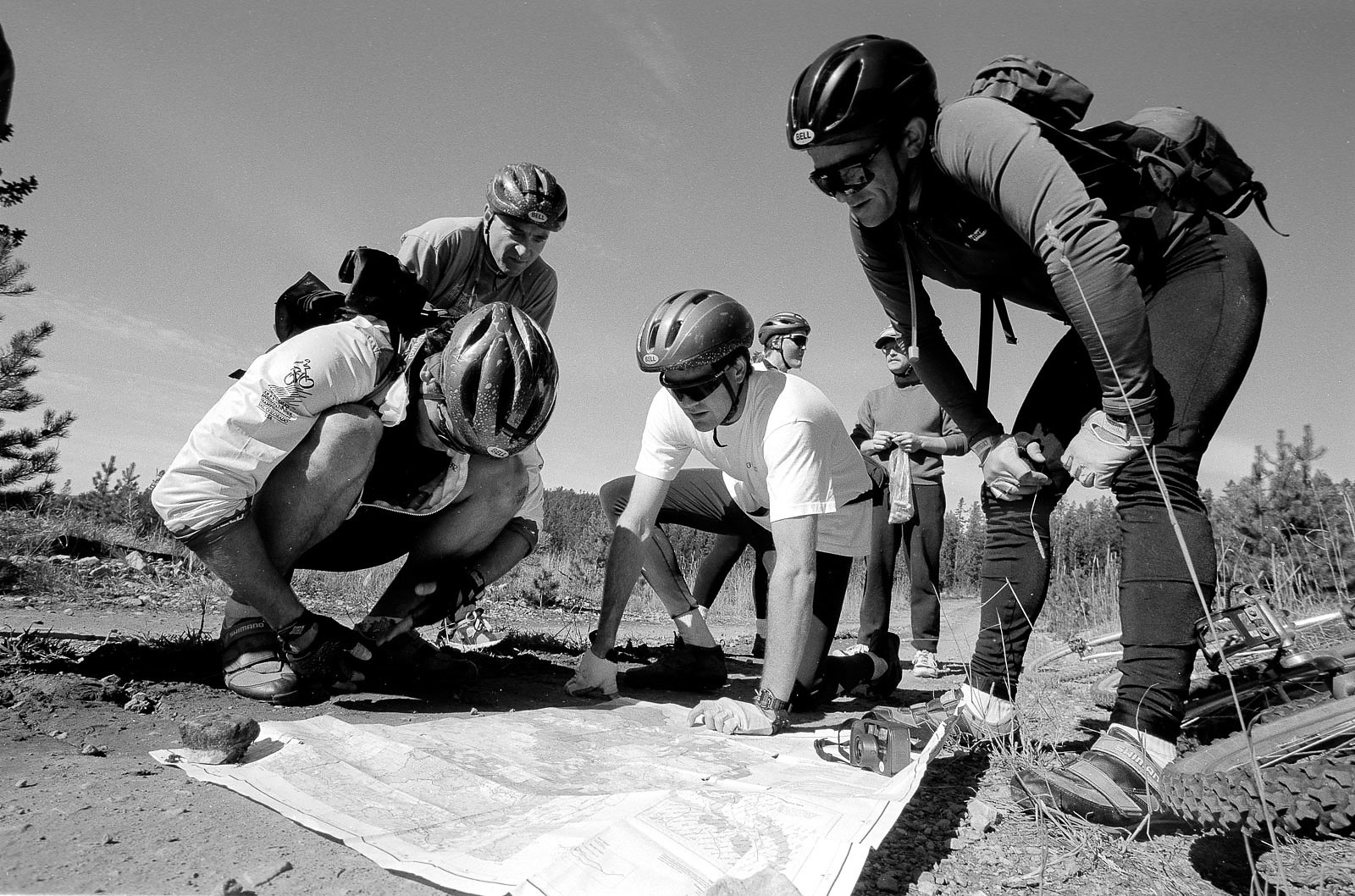
THE TRAILS TO COME
Alpenglow lights up the distant peaks, kaleidoscopic colors bathing the Gravelly Range as the last of the shuttle rigs bounces up the doubletrack toward the full campsite, returning volunteers from the drainages on the eastern side of the range. The vehicles were dropped off at Targhee and Watkins creeks on Friday night, on opposite sides of the Henrys, so chainsaws only had to be carried once over the Targhee Divide.
The next morning, the equestrian crew hauled the saws up Mile Creek, cutting their way to the Divide’s scenic saddle. From there, they transferred the tools from horses to cyclists on fat bikes, who used gravity to help them clear the way to the bottom of their assigned drainages. Another crew pedaled a chainsaw up Sheep Creek and over into Watkins Creek.
It was a hard day’s work, and the resulting satisfaction among campers is obvious. They show off their dirt-packed fingernails, scraped shins, blisters, slivers and grit-filled shoes. The final tally counts 160 fallen trees cleared, and nearly 60 miles of raked drainage features, whacked shrubs and newly installed CDT signs.
The last car to arrive is a Subaru with Montana plates. In the passenger seat is 78-year-old Terry Johnson, chauffeured by longtime pal Norm Eggert. We haul the giant of a man from the car to an esteemed place in our circle, and the legend joins us for a feast of beers, burgers and tall tales.
Someone snaps a group photo in the fading light, and we pass around the camera so people can see the frame. Mile Creek is visible over Johnson’s shoulder, who is surrounded by a lineup of those who spent the day building. It’s a snapshot of the past and future of mountain biking in this area, all standing in front of some of the most-endangered bicycle access in the country. Folks like Johnson have set the path; it’s up to us to help determine its future, how we manage and protect wild public lands. This is advocacy in action, proclaiming our right to Montana’s wildest places.
Freehub Magazine Issue 8.3, the Montana Photo Book, is a visual guide to the trails of the Treasure State. We selected four local photographers, Reid Morth, Jason O'Neil, Tom Robertson and Nick VanHorn, to document their respective hometowns of Big Sky, Helena, Missoula and Whitefish and capture the experience and vibe that fill the mountains of the Montana high country. Be sure to check out all the other articles!
Editor's Correction: In the original online and print version of this article, the building of Discovery Basin, MT was attributed to Pete Costain and the Terraflow crew—that is incorrect. The trails at Discovery Basin were built by Chuck Braden.
